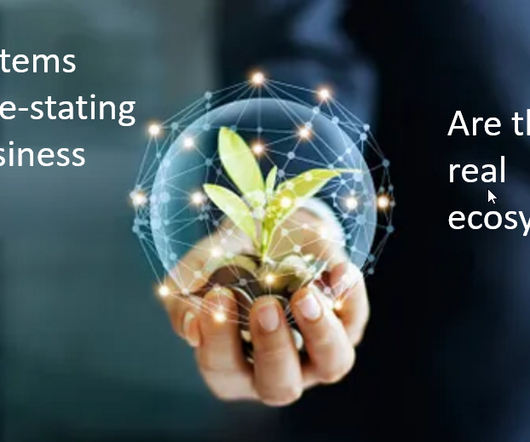Building an Agile & Innovative Organization
Idea to Value
SEPTEMBER 7, 2021
In recent years, more and more companies have realized the need for innovation as they’ve seen businesses all around them, and perhaps even their own business, being disrupted. To get the outcomes the executives are expecting from innovation, they’d need to build an agile organization where innovation happens at scale.



















Let's personalize your content